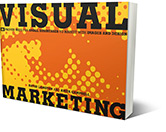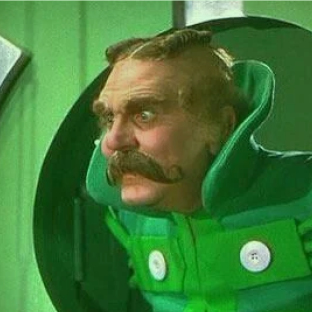Good visual marketing employs the art of seeing the other senses with deliberate imagery that evokes the essence of all 5 senses.
Can a picture that is worth a thousand words also excite your other senses? My daughter Rachael was struggling with a high school psychology assignment where she needed to analyze advertisements and their use of sensory cues. Her first reaction was, “Since it’s a visual ad it’s all about seeing…so, how are we supposed to analyze the other senses?” This is a great case for the power of visual marketing. Advertisements are indeed all visuals, yet the connection to the audience is made by using visuals to excite the other senses. The effective designer can display food you can TASTE, show textures you can TOUCH, make music with images that you can HEAR and really convince you to stop and SMELL the roses.
Good visual marketing employs the art of seeing the other senses with deliberate imagery that evokes the essence of all 5 senses. Here are a few examples.

Taste
This is tasteful advertising. For visualizing taste, you can’t get more delicious than the Magnum Temptation print ad campaign showing the explosion of flavors. Photographers Diver & Aguilar were commissioned by Spanish advertising agency Lola, to capture the taste and flavors of ice cream bars. Remember how Charlie the Tuna used to try to show he had good taste, and the narrator would say, “Sorry Charlie, StarKist doesn’t want tunas with good taste. StarKist wants tunas that taste good.” Well, taste alone, is not the only way to attract attention. In fact, in a study in the Journal of Consumer Research, Ryan Elder and Aradhna Krishna of Michigan's Ross School of Business show that advertising that utilizes multisensory cues of taste, smell, texture, sight and sound can enhance the taste perceptions of the audience. “Mentioning senses other than taste can increase positive sensory thoughts about the food and, consequently, taste,” said Krishna. “Because taste is generated from multiple senses, ads mentioning these senses will have a significant impact on taste over ads mentioning taste alone.”

For a different take on taste, Burger King created an unusual visual campaign where they try to visualize a Whopper burger in the eye make-up of a model. The sesame seed bun, lettuce, burgers, pickles and cheese are shown in eyeliner and mascara. Burgers are in the eyes of the beholder? Perhaps the idea is that you are what you eat. It’s a funny visual, though it doesn’t really make me want to taste a burger.

Touch
Angel Soft toilet paper has a “touching” campaign that evokes the senses of touch. (Isn’t it interesting that toilet paper ads rarely mention the words “toilet” or “paper”?) The ad features imagery of the heavenly angelic baby complete with billowy clouds, and fluffy wings nestled among the rolls of white paper. Notice how the wispy little baby’s hands make an impression in the oh-so-delicate roll of toilet paper. It positively conjures up the sensation of the soft touch.

Hear
Stefan Sagmeister designed a CD album cover image for Lou Reed where you can practically hear the lyrics. The style of the handwritten typography superimposed on Reed’s face is raw and personal. It reveals the inner poetry of the singer-songwriter sharing intimate musical compositions. You can hear the gravelly voice of Lou Reed as you try to decipher what he is singing about.

Smell
Check out this visual campaign for Coach promoting a new perfume that utilizes a combination of soft hues and delicate colors to simulate the fragrance of poppy flowers. Mia on Candymag.com describes it as, “One whiff of Coach’s newest scent, Poppy Flower, and I’m suddenly all loyal and steadfast again. It’s a sparkling fruity floral that isn’t at all overpowering. It’s sweet without being dowdy, feminine without being cloying. I cannot stop sniffing it.” It’s enough to make you stop and smell the poppies.
Back to Insights



